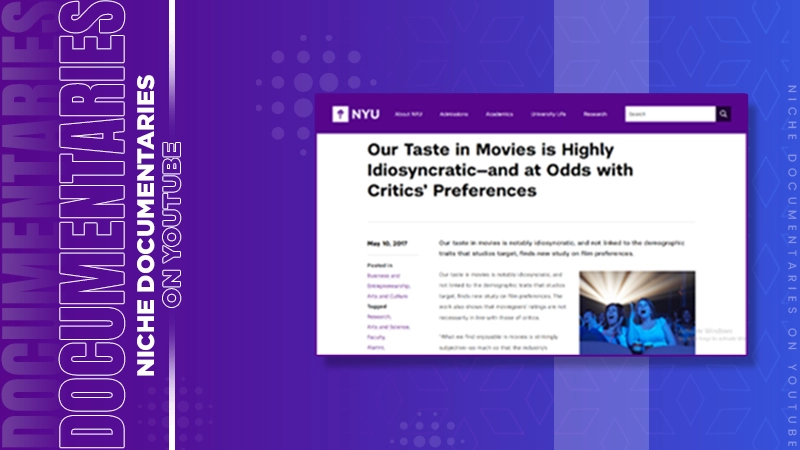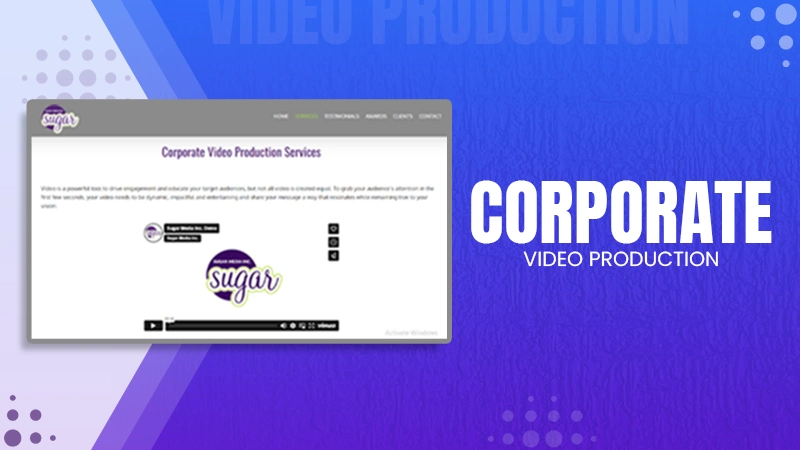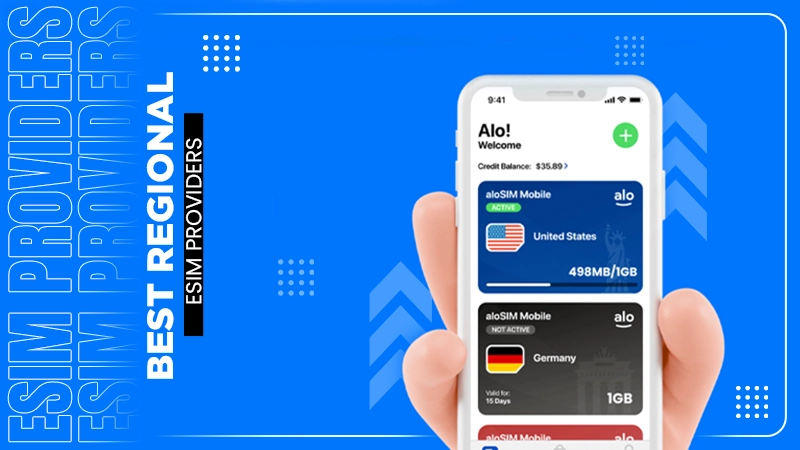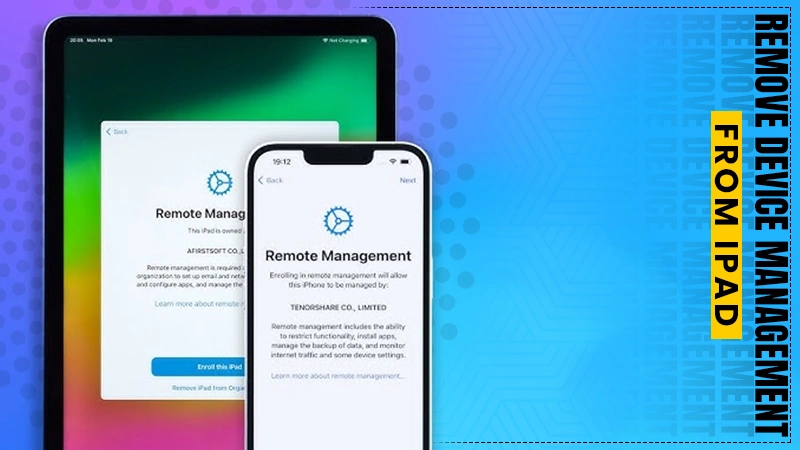Proven Strategies to Optimize Your Email Template Size

Email marketing remains one of the most effective channels for engaging with audiences, but optimizing email design is essential to ensure that messages reach recipients seamlessly and make the right impact. One critical aspect of this design process is managing email template size, as it influences everything from load speed to rendering accuracy across various devices and email clients. In this article, we will explore effective strategies for optimizing email template size, focusing on essential techniques such as responsive design and efficient coding practices. By adhering to best practices in template dimensions, image sizing, and code structure, marketers can create visually appealing, high-performing emails that deliver their message effectively, regardless of the platform or device used by recipients.
Make Your Emails Adaptable with Responsive Design
One key strategy to optimize your email template size is by using a responsive design. Responsive email templates are crafted to adapt smoothly to various screen sizes, from large desktop monitors to smaller mobile displays. With over half of email users now reading their emails on mobile devices, ensuring your email can scale down without losing readability or design integrity is crucial. A responsive template begins with a mobile-first approach, where you prioritize essential information, using a clear layout that fits even the smallest screens. For instance, reduce the number of columns to one or two for simplicity and increase font sizes for easy readability.
This approach often requires the use of flexible, percentage-based widths rather than fixed pixels, allowing the template to “respond” to the screen’s dimensions. CSS media queries also play a vital role by altering styles based on screen size, adjusting font sizes, button widths, and image scaling. A brand might, for instance, display a full-width banner on a desktop, but on mobile, show a scaled-down, centered version that’s still visually impactful. By making your email responsive, you keep the template size efficient, ensuring faster load times and an improved user experience across devices.
Reduce Image File Sizes for Quicker Loading
Images are a great way to catch attention in emails, but large image files can quickly bloat the size of your template, leading to slower loading times. To keep your email template size optimized, use responsive email templates that allow you to scale down image sizes without losing quality on different devices. Start by resizing your images to the exact dimensions needed, which can significantly reduce file size without impacting visual appeal. For example, if you’re using a 300-pixel-wide image on mobile, avoid inserting a high-resolution 1200-pixel version—stick with the dimensions that match your layout.
Another useful method is compressing your images. Online tools like TinyPNG or JPEG Optimizer allow you to reduce image file size without noticeable quality loss. Choose formats that are web-friendly, such as JPEG for photos and PNG for images with transparency, which generally load faster.
Lastly, remember that some email clients may not display background images on mobile, so keep vital information in text form rather than on an image. This not only ensures readability but also reduces the overall email template size. By keeping image sizes manageable and aligned with your responsive design, you can create faster-loading, engaging emails that look great across devices.
Stick to Web-Safe Fonts for Better Performance
Using web-safe fonts is a smart way to keep your email templates efficient and universally readable. Custom fonts can make your design stand out, but they often add extra data that increases the email’s file size. By sticking to standard fonts—like Arial, Times New Roman, or Verdana—you ensure that your email displays correctly on all devices without needing to load additional font files. Responsive email templates often come with pre-set fonts that are already optimized, making it easy to maintain consistency across devices.
If you still want to add some unique style, consider using a custom font only in key sections like headers or titles. Converting small pieces of text into an image can preserve a specific look without requiring the entire font file. For instance, if your brand uses a custom font, you could convert your logo or header text into a JPEG or PNG image instead of using the font directly in the template.
By choosing web-safe fonts or limiting the use of custom fonts, you can keep your email templates responsive and lightweight, allowing them to load faster and display correctly across all email clients and devices. This approach helps you maintain visual appeal without compromising performance.
Optimize Image Sizes for Faster Loading
Images can make an email visually engaging, but large image files can slow down load times and increase the overall template size. To keep emails fast and efficient, focus on resizing and compressing images before adding them to your template. Using tools like TinyPNG or JPEG Optimizer can help reduce file sizes without losing quality, making your images lightweight but still clear and effective.
In responsive email templates, images should adapt smoothly to various screen sizes. To achieve this, consider setting images to a maximum width of 600 pixels. This ensures they display well on both desktops and mobile devices. Additionally, try using image formats like JPEG or PNG, which are optimized for web use. For instance, a lifestyle brand might reduce the size of a product photo to around 100 KB, allowing it to load quickly even for users with slower internet connections.
If you’re working with Retina displays, consider doubling the resolution (using 2x size) to ensure images appear sharp. This step ensures high-quality visuals without overloading the email with heavy files. By paying close attention to image sizes, you can maintain the quality of your visuals and ensure your responsive email templates load quickly across all devices, providing a seamless experience for your audience.
Conclusion: Putting Your Email Template Strategy into Action
Optimizing email template size isn’t just a technical step; it’s key to making sure your messages are effective and accessible for everyone. By focusing on responsive email templates, you’re ensuring that emails display well on any device, which is essential since most people check emails on their phones. Using responsive designs that fit different screen sizes, compressing images for faster load times, and limiting custom fonts are practical ways to keep your emails lightweight.
For instance, let’s say an online store sends out weekly sales announcements. If the images are too large or if there’s too much extra code, the email might load slowly, causing readers to lose interest. By compressing images and using clean, simple coding, this store can make sure their emails reach customers without lagging, even if users have limited internet bandwidth.
Testing your templates with tools like Mailtrap or Litmus is another important step to catch any issues. This allows you to refine your design until it’s efficient and effective. In the end, a well-optimized email template makes your content accessible and engaging, improving the chances that readers will view and interact with your messages. Following these proven strategies for responsive email templates will help create an email experience that’s user-friendly, visually appealing, and effective in reaching your marketing goals.












